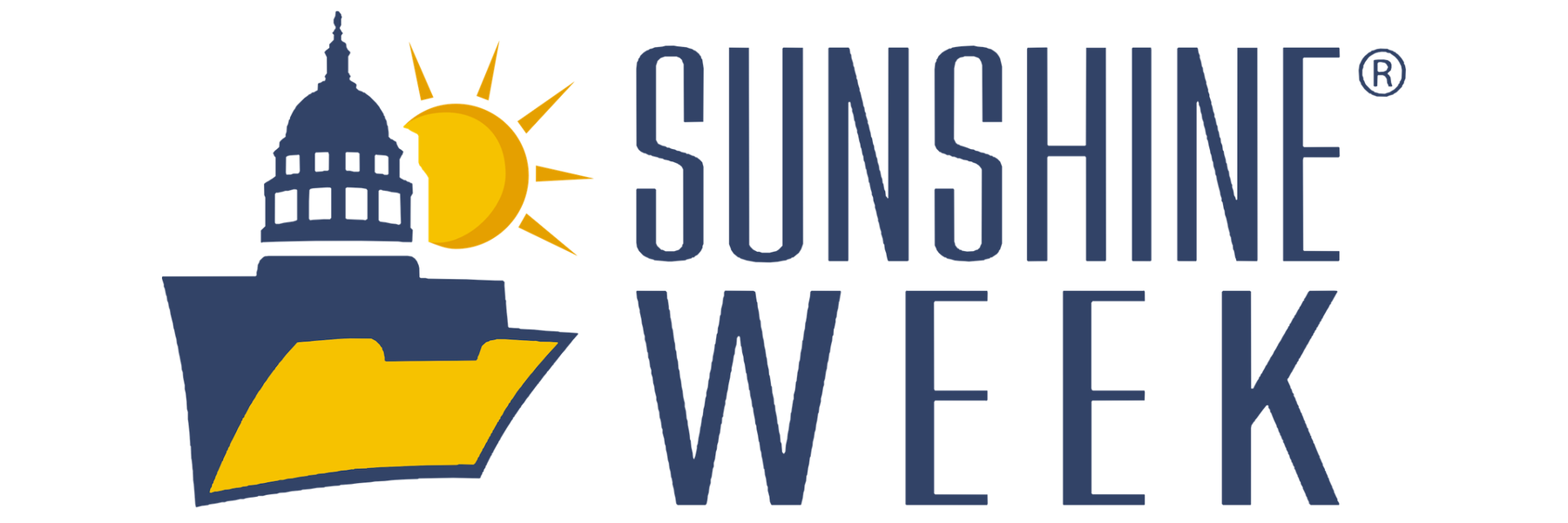When we kicked off Sunshine Week, we noted that FOIA reform — already passed by the House — was being considered by the Senate. Now, with some important modifications, it has passed the Senate, so let’s take a look at what will change for requesters.
A tale of two bills
The first thing to know is that the FOIA reform that passed the House and Senate is actually two different bills, S.337 and H.R.653.
There’s a lot of overlap. Among them, both bills require:
- Federal agencies to make disclosable records and documents available in an electronic format.
- Documents requested three or more times be made available to the public (a refinement of the informal rule for FOIA reading rooms).
- The Office of Management and Budget to ensure that a consolidated FOIA portal is created that allows filing with any agency.
- Codification of the “presumption of openness” that President Barack Obama declared on his first day of office, stating that unless the agency reasonably foresees that disclosure would cause identifiable harm to an interest protected by a FOIA exemption or if the disclosure is prohibited by law, the material should be released.
- Limits on the use of the Exemption 5, which covers draft materials, to materials less than 25 years old.
- An expanded and codified role for the Office of Government Information Services (OGIS), including mandated mediation services (which OGIS already provides), annual meetings and electronic copies of reports (both of which, I believe, it already does).
- Establishment of a Chief FOIA Officers Council which would be charged with improving FOIA compliance as well as working with OGIS.
- Evaluation of material likely of public interest and make it available electronically.
The House bill also dictates that:
- Agencies post documents online that “inform the public of the operations and activities of the government,” in addition to documents requested three or more times.
- The public is provided with the name, phone number, and email address of a FOIA officer who can provide requesters with the status of their request.
- Agencies provide an email address by which they accept requests.
- Exemption 5 will no longer apply to Attorney Client privilege and Attorney Work Product Privileges after 25 years.
- Mandatory awards of attorney fees and litigation costs will be made to prevailing parties in FOIA proceedings.
- Agencies must identify the statute that exempts a record from disclosure, a practice agencies generally but don’t always follow today.
- FOIA records or information that would adversely affect intelligence sources and methods that are protected by a FOIA exemption would remain exempt from disclosure.
- Agencies are prohibited from from denying requests from Congress for information based upon a FOIA exemption.
- The Government Accountability Office is required to conduct, and report on, a study of the feasibility of requiring non-custodians to search for records to respond to FOIA requests.
- Agencies are prohibited from assessing search or duplication fees if they have failed to comply with a statutory deadline for a FOIA request, with limited exceptions for unusual circumstances and FOIA requests of more than 3,000 pages.
- Prohibits an agency from charging a fee for providing records if the agency misses a deadline for complying with an FOIA request unless unusual circumstances apply and more than 5,000 pages are necessary to respond to the request.
What matters
FOIA advocates I’ve spoken with were extremely happy to see Exemption 5 reform, which would allow pre-decisional information to be released — albeit after a 25-year wait. As Nate Jones at the National Security Archive notes, Presidential records have a similar exemption that only applies for 12 years after a president leaves office.
The Exemption 5 reform is much stronger in the House version of the bill, where it also sunsets Attorney Client and Work Product privilege after 25 years, but either bills’ reform is a step forward.
The handling of fees and missed deadlines is also very much improved, as Jones also notes:
Language that would fix fee issues by forbidding agencies from charging most fees if they miss a deadline was also tweaked (but preserved). Previously, agencies claimed that they could call a request “unusual” and thereby be exempted from the fees fix of the 2007 FOIA amendments. This bill establishes once and for all that that is not the case. Though it does lower the ceiling for requests agencies can charge fees for even if they miss their deadline from 50,000 pages to 5,000. So requests over 5,000 pages could still be charged fees, even if an agency misses its deadlines.
In practice, this likely has not been an issue for most media requesters, but for particularly ambitious requests or intransigent agencies, this removes a potential FOIA fight in many cases (it is our experience that agencies have been very quick to claim “unusual circumstances,” generally just to keep their options open later).
One seemingly small step I think is an important one: The House bill’s requirement for an email address for each agency’s FOIA office.
With several agencies like the Central Intelligence Agency and Department of Defense still using fax machines, this is an improvement long overdue and ensures that even if the portal OMB builds is user hostile (like the FBI’s portal, which required driver’s licenses during an early beta test), users still have an open way to file.
I’m curious to see how the codification of the “presumption of openness” works in practice. During the Obama administration, long-time requesters have had mixed but generally negative impressions of how well his directive to agencies has worked, but as a legally-binding directive, it might provide more power to requesters going forward.
There is one area of major concern, however: The House bill’s inclusion of national security carveout.
Lauren Harper of National Security Archive has a good analysis of why this carveout is troubling — and unnecessary:
Added at the insistence of the House Permanent Select Committee on Intelligence (HSPCI), the carve-outs exempt the Intelligence Community (IC) from certain provisions, including “language that states that currently-protected information relating to ‘sources and methods’ would not be subject to disclosure under any of the amendments in the bill.” The bill exempts the IC from necessary reforms to the consultation process, a big mistake as intelligence agencies are the biggest consultation abusers. The bill also contains a provision requiring agencies to publish “a list” of of all denied material unless the disclosure is prohibited by law. This is another tremendously beneficial provision of the bill, but it will be watered-down if the IC is exempted.
That challenge aside, the bulk of the measures in both the House and Senate version offer substantive improvements to FOIA.
Looking forward
There’s a lot to like about both bills, and hopefully in conference, the two can be reconciled in a way that serves the public’s need to oversee governmental operations.
While the bills are a good starting point, they unfortunately don’t do much to fix some of the largest challenges for the requester community: access to documents in a timely manner and the (very related) fact that FOIA offices are under-resourced for the work at hand.
As the Electronic Frontier Foundation’s Aaron Mackey notes, a consolidated portal does not do much to give agencies better tools for actually processing the requests.
We hope that, with OGIS’ increased explicit responsibility in the FOIA process, such reforms and improvements can be made, and perhaps be made with more flexibility with the good-faith engagement of the agencies. We also hope that the passage of the bill better ensures that OGIS can operate with less political interference, particularly after it has come to light that the Justice Department actively lobbied for weaker FOIA laws.
If you’d like to read more about the FOIA reform, here’s some starting points, and if you’ve seen other good analysis, please let me know.
- FOIA Bill Passes Senate; House Bill Already Passed; Need to Reconcile Best Parts of Both by Nate Jones of National Security Archive
- Freedom of Information Bill Passes the Senate by Daniel Schuman of Demand Progress
- Overall Good FOIA Reform Bill Passes House With Troubling IC Carve-Outs by Lauren Harper of National Security Archive
- Fixing FOIA: Senate-passed bill is a good start, but more is needed by Aaron Mackey of Electronic Frontier Foundation
Image by Lipton Sale via Wikimedia Commons and is licensed under CC BY-SA 3.0




